An Accidental Discovery
“Can you help me?”
A doctor asked. I could barely hear him, he spoke in a whisper.
“What?” I said.
“Can you help me?”
“Why are we whispering?
That is, why are we whispering?”
Leaning in so I wouldn’t miss a word, he told me his story:
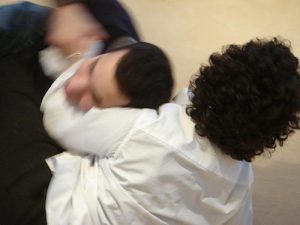 Thirty-five years ago, my brothers and I were horsing around and my oldest brother put me in a head lock. I don’t know what happened but I lost my voice ever since. I’ve been seeing chiropractors and medical doctors for years but no one has been able to help me. Can you?
Thirty-five years ago, my brothers and I were horsing around and my oldest brother put me in a head lock. I don’t know what happened but I lost my voice ever since. I’ve been seeing chiropractors and medical doctors for years but no one has been able to help me. Can you?
“I don’t know, but I’ll try.”
Something new
I had been suffering from severe arm, hard, neck, head, upper spine and wrist pain after a bad accident and concussion. The disability was so bad I had to give up my license to practice. No one could help me – not even after seeing over 40 DCs and other healers over a ten-year period. I was getting worse.
With nowhere else to turn, except painkillers, surgery and cortisone shots, which I refused to do, I experimented on myself. I discovered a method of self-adjustment/correction and I was out of pain in five days. This would later be called KST or Koren Specific Technique.
KST found subluxations everyone else had missed. Many of the responses, often from chiropractors that no one was able to help, were nothing short of amazing.
Where’s the hidden subluxation/interference?
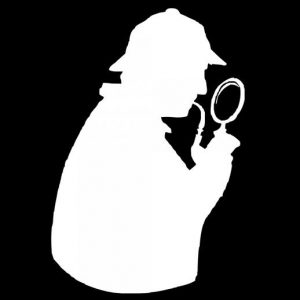
Without the use of X-rays or special equipment (other than my hands), I used my newly discovered procedure to quickly check his body for hidden subluxations/interferences. I let his body guide me and direct me. I tried to keep any pre-conceived ideas or educational bias in abeyance. After all, the body’s wisdom is greater than our own.
I checked his spine and discs – nothing! He had obviously been under good chiropractic care. I checked his extremities, I checked his cranial bones. Nothing remarkable there.
“What else could be subluxated?” I wondered.
What else?
On a hunch, I gently moved, or challenged his hyoid bone (behind the chin) in different directions. His hyoid was subluxated in an anterior position.
Using an ArthroStim™ adjusting instrument I gently tapped his hyoid towards posterior. It was a little sensitive.
The doctor looked a little surprised. He cleared his throat, coughed a few times and said in a normal voice, “What did you do?” For the first time in 35 years, he could speak again.
I explained what I corrected. “What do you call this system?” he asked.
“I’m going to call it Koren Specific Technique or KST.”
“Are you teaching it?”
“Not yet.”
“If you teach it, I’ll be there. Here’s my contact information.”
Sleep apnea, snoring, laryngitis …
Laryngitis, sleep apnea, snoring, tongue problems, chronic throat issues such as recurrent infections, “sore” throat, throat tightness, pain upon swallowing and similar problems affect all age groups. Sleep apnea is especially pernicious because it can reduce oxygen to the brain, lower hormone levels and harm sleep quality.
I’ve taken care of many patients suffering from these and related conditions using KST with excellent results. How?
Putting the patient in the posture of subluxation (POS)
 Subluxations are sneaky things; they come and go as we change posture – sit, stand, move – and even think. The POS is the position that puts them in stress. For snoring and sleep apnea sufferers, the POS is usually lying down!
Subluxations are sneaky things; they come and go as we change posture – sit, stand, move – and even think. The POS is the position that puts them in stress. For snoring and sleep apnea sufferers, the POS is usually lying down!
The doctor in the true story above was standing when his brother “subluxated” his hyoid as they were wrestling. But there may be other POS in other patients. For example, if a person snores or has sleep apnea there’s a pretty good chance he (or she) is lying down when their symptoms appear. Therefore, I recommend checking the patient for subluxations in the sleep position they are in when apnea/snoring occurs. It may be on their back, either side, both sides or face down (usually with their head turned).
Posture is king
The POS is so important that KST practitioners are taught that “Posture is king.” That’s why KST practitioners first put the patient in the POS and then locate the subluxation. Although the subluxation that may come up may be anywhere in the body, for people suffering from chronic snoring/sleep apnea the subluxation often includes the hyoid bone.
The hyoid bone?
The hyoid is one of the most interesting and ignored bones in our body.
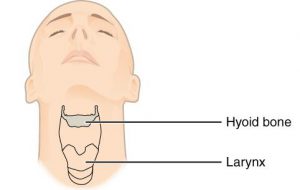 It’s located behind our chin, slightly above the larynx and it floats! It is the only bone in the body that is not connected to any other bone.
It’s located behind our chin, slightly above the larynx and it floats! It is the only bone in the body that is not connected to any other bone.
The hyoid anchors the tongue, connects to the larynx and thyroid and serves as a base for lots of muscles that connect to our neck, throat, head, shoulders and other parts. It may also play a role in dehydration. Because of its many muscular connections, it has been referred to as the “center of the spider web.”
“Stick out your tongue”
 The hyoid itself has some unique POSs. For example, it may seem fine in neutral position in the mouth but may subluxate when the patient sticks out the tongue or swallows. “Stick out your tongue,” I tell patients and I check them. (I usually have them look out the window at the neighbor I don’t like as they do it.)
The hyoid itself has some unique POSs. For example, it may seem fine in neutral position in the mouth but may subluxate when the patient sticks out the tongue or swallows. “Stick out your tongue,” I tell patients and I check them. (I usually have them look out the window at the neighbor I don’t like as they do it.)
Singers and entertainers

Using KST we’ve helped many professional singers and entertainers by correcting their hyoid in this posture of subluxation: while singing, especially reaching for notes that give them trouble, or even making certain sounds. It may not only involve the hyoid, the cervicals, cranials, larynx and other areas may also come up for corrections. Sometimes an emotional stress is part of the problem and needs to be released as well.
The results are often immediate: the voice is stronger, they can reach and hold notes easier and are more relaxed and have more control. As an added benefit patients in the waiting room enjoy the entertainment. Be on guard; if you have an open adjusting area others might join in and you’ll have a spontaneous vocal recital.
Everyone is exactly the same: different
Healthcare providers get the best results when they address the unique needs of the patient. Of course, that’s what makes a healing art an art. Nature, people, life is just too complex and unpredictable to know exactly what our results will be.
We must always respect the individuality of the patient and expect the unexpected. Correcting a hyoid may be the “magic bullet” for snoring, sleep apnea, laryngitis, throat issues, improved singing or other complaints for one person but may be part of a pattern that includes other physical or emotional subluxations/stresses/dysfunctions in another.
Say goodnight again, and mean it.
As of this date I’ve been teaching KST for over twelve years and it’s been an incredibly fulfilling, exciting, enjoyable and fascinating experience.
Tedd Koren, DC is the developer of Koren Specific Technique. He can be reached at dr.koren@korenwellness.com
Visit www.korenwellness.com/kst for call 267-498-0071 for our KST live seminar schedule and also about learning KST via our home study.
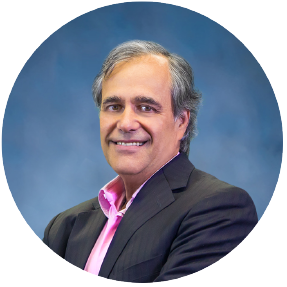
Dr. Tedd Koren
Dr. Koren, originally from Brooklyn, NY, lives in Montgomery County, PA. A graduate of the U of Miami and Sherman College of Chiropractic, he writes, lectures and teaches in the US, Europe and Australia as well as takes care of patients and fights for healthcare freedom. Dr. Koren and his wife Beth have two children.





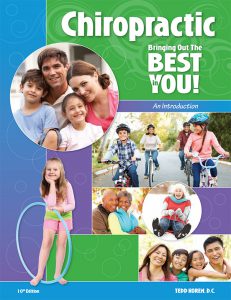
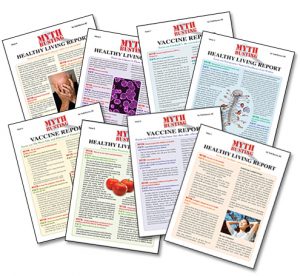

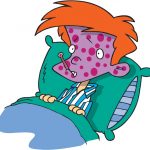


Good stuff Doc!
Love this♥
Hi Pam!!!!
always looking for better results ,thanks
How quickly we forget. I have several sleep-apnea-ers who I need to check now in POS. Thanks for the reminder.